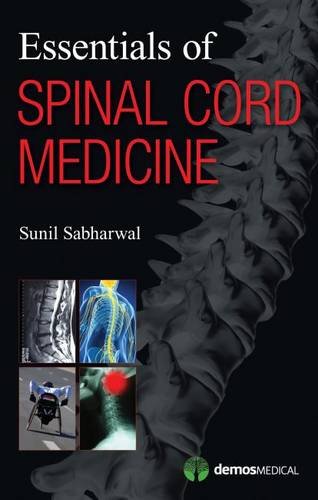

Most ebook files are in PDF format, so you can easily read them using various software such as Foxit Reader or directly on the Google Chrome browser.
Some ebook files are released by publishers in other formats such as .awz, .mobi, .epub, .fb2, etc. You may need to install specific software to read these formats on mobile/PC, such as Calibre.
Please read the tutorial at this link: https://ebookbell.com/faq
We offer FREE conversion to the popular formats you request; however, this may take some time. Therefore, right after payment, please email us, and we will try to provide the service as quickly as possible.
For some exceptional file formats or broken links (if any), please refrain from opening any disputes. Instead, email us first, and we will try to assist within a maximum of 6 hours.
EbookBell Team

4.7
56 reviews"From the first to the last page, this book is so full of information that as a person working in the world of spinal cord injury, I found myself in an unfamiliar situation. Never had I read a book related to my profession that I didn’t have trouble putting down. I’m not saying that such books are boring by any means; however, they are not the captivating fictional reads that keep people up late on work nights thinking 'just one more chapter.' Essentials of Spinal Cord Medicine was that type of book for me!... Overall, I thought this book was nothing short of fantastic... it was so full of information that makes me feel more confident as a technologist, and more compassionate as a human. I would highly recommend this for any practitioner working in the field where they may encounter a person with spinal cord injury." -- Donna Jacobs, R. EEG T., CNIM, The Neurodiagnostic Journal
This compact text is a practical, concise guide for clinicians involved in the care of patients with spinal cord injuries and disorders. It covers a comprehensive and diverse list of topics encompassing the principles and practice of spinal cord injury care, including basic science fundamentals, traumatic spinal cord injury, non-traumatic myelopathies, physical function and rehabilitation, medical consequences and complications of spinal cord injury, psychosocial and quality of life issues, and systems-based practice.
Chapters are consistently formatted for ease of use and are organized under the broad headings of general principles, clinical considerations, and knowledge gaps and emerging concepts, and conclude with a curated list of suggested readings. Within these categories, specifics on underlying pathophysiology and etiology, assessment (examination, testing, differential diagnosis, prognosis, and risk factors) and management (non-pharmacological, medications, surgical procedures, follow-up and monitoring, primary and secondary prevention, and complications), and recent clinical advances and promising research are easily accessed. The book also addresses such quality of life issues as psychological adaptation, sexuality and fertility, vocational training, driving, and exercise, and includes information about systems of care and patient safety as well as ethical considerations. The guide is peppered with useful tables that highlight and reinforce key material. Additionally, “Practice Pearls” in selected chapters enhance the guide as a handy go-to reference for clinicians and trainees in multiple disciplines who care for people with spinal cord injuries and disorders.
Key Features: